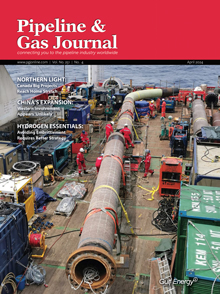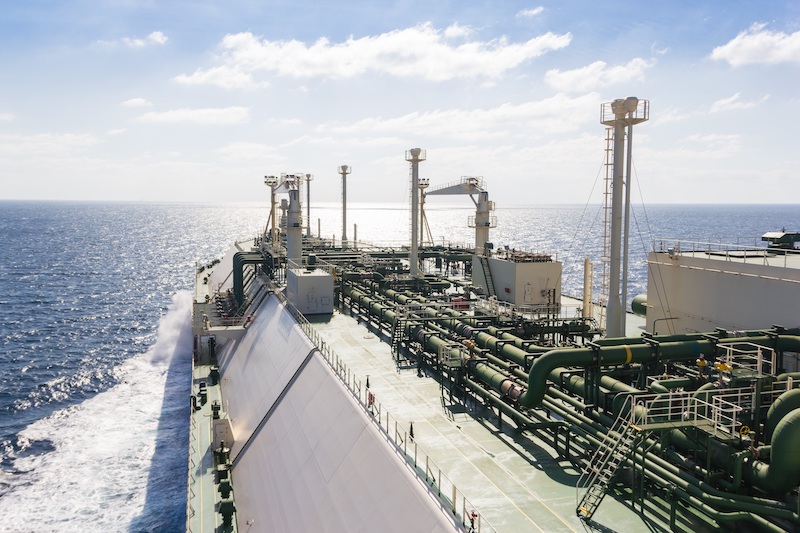QatarEnergy Pauses Red Sea LNG Shipping Amid Attacks, Seeks Security Advice
(Reuters) — QatarEnergy, the world's second largest exporter of LNG, has stopped sending tankers via the Red Sea although production continues, a senior source with direct knowledge of the matter told Reuters on Monday.
Yemen's Iran-backed Houthi group has since November been attacking vessels in the Red Sea, part of a route that accounts for about 12% of the world's shipping traffic, in what they say is an effort to support Palestinians in the war with Israel.
At least four tankers used to carry Qatari LNG were held up over the weekend after U.S. and British forces responded by carrying out dozens of air and sea strikes on Houthi targets in Yemen.
The Al Ghariya, Al Huwaila and Al Nuaman had loaded LNG at Ras Laffan in Qatar and were heading to the Suez Canal but stopped off the coast of Oman on Jan. 14, according to LSEG shiptracking data. The Al Rekayyat, which was sailing back to Qatar, stopped along its route on Jan. 13 in the Red Sea.
"It is a pause to get security advice, if passing (through the) Red Sea remains unsafe we will go via the Cape," the source said. "It is not a halt of production."
The Qatari government's International Media Office and QatarEnergy did not immediately respond to requests for comment.
The alternative route to Europe round the Cape of Good Hope could add around 9 days to the 18-day voyage from Qatar, said ICIS LNG analyst Alex Froley.
A trader calculated that could add about 1-1.30 euros per megawatt hour (MWh) to the price of the cargo, although it would be partially offset by not paying Suez Canal fees.
"Qatar will just take the long route via Cape of Good Hope, which will result in delivery delays but nothing dramatic for European balances," another trading source said on Monday.
Shipowners and managers of the four vessels including Teekay Shipping Glasgow, Pronav Ship Management, Nakilat Shipping Qatar Ltd and Shell's shipping and chartering arm STASCO also did not immediately respond to requests for comment.
Qatar shipped more than 75 million metric tons (MMt) of LNG in 2023, according to LSEG data, including 14 MMt to buyers in Europe and 56.4 MMt to Asia.
While several LNG vessels have changed course, others have continued to sail past Yemen through the Red Sea and Suez Canal, through which Qatar, the United States and Russia are the most active shippers of the fuel
S&P estimates Qatari LNG cargoes through the canal at 14.8 MMt a year, U.S. cargoes at 8.8 MMt and Russian ones at 3.7 MMt.
Front month European benchmark gas prices on the Dutch TTF hub were down 1.20 euros at 30.40 euros per megawatt hour (MWh) by 0842 GMT, LSEG data showed.
Asia spot LNG prices fell to a seven-month low of $10.10 per million British thermal units (MMBtu) on Friday, supported by healthy storage levels in Europe and northeast Asia.
Oil prices edged lower after rising 1% on Friday on concerns the war could disrupt supplies.
Related News
Related News

- Keystone Oil Pipeline Resumes Operations After Temporary Shutdown
- Freeport LNG Plant Runs Near Zero Consumption for Fifth Day
- Biden Administration Buys Oil for Emergency Reserve Above Target Price
- Mexico Seizes Air Liquide's Hydrogen Plant at Pemex Refinery
- Enbridge to Invest $500 Million in Pipeline Assets, Including Expansion of 850-Mile Gray Oak Pipeline





Comments